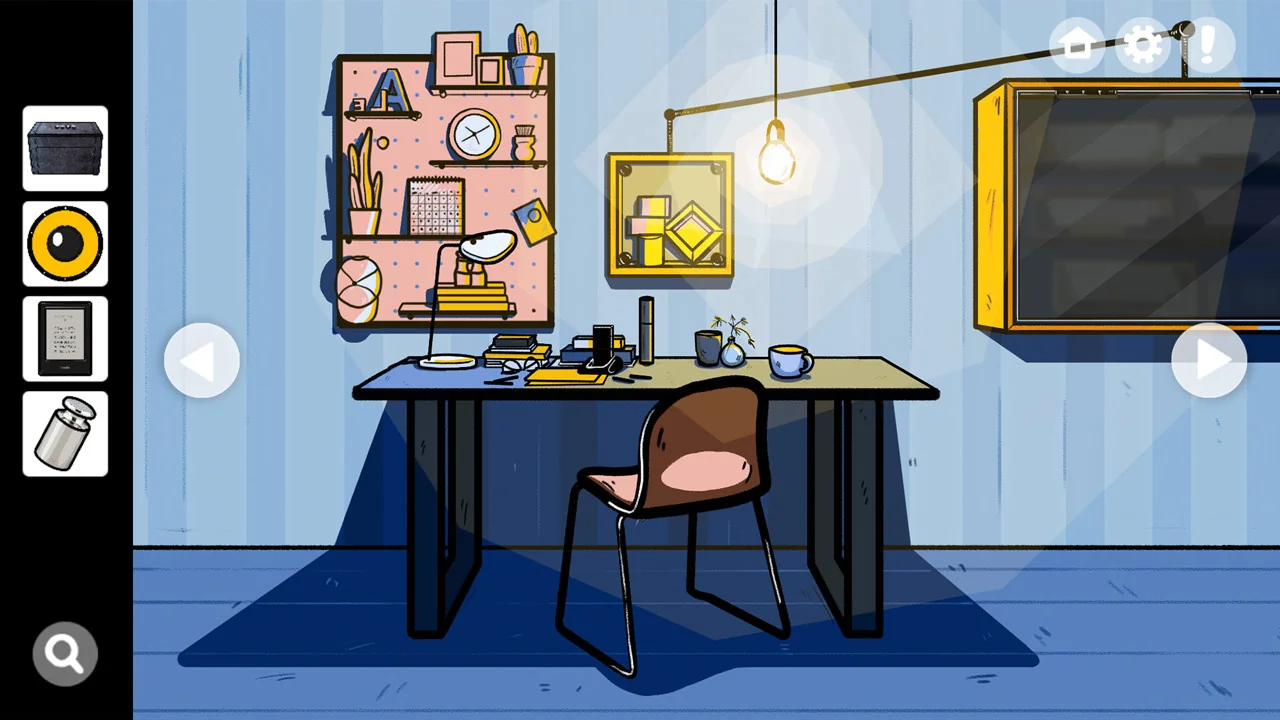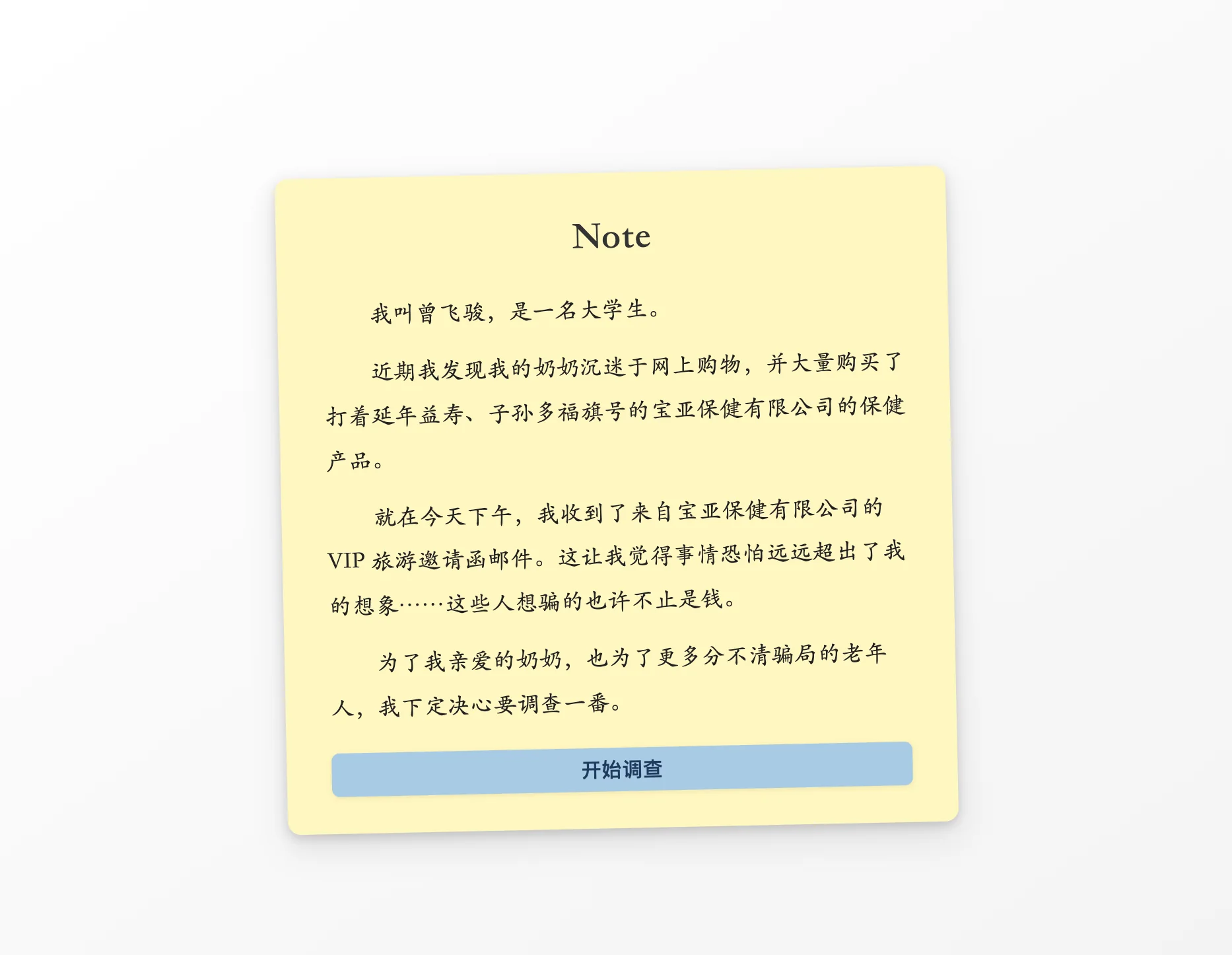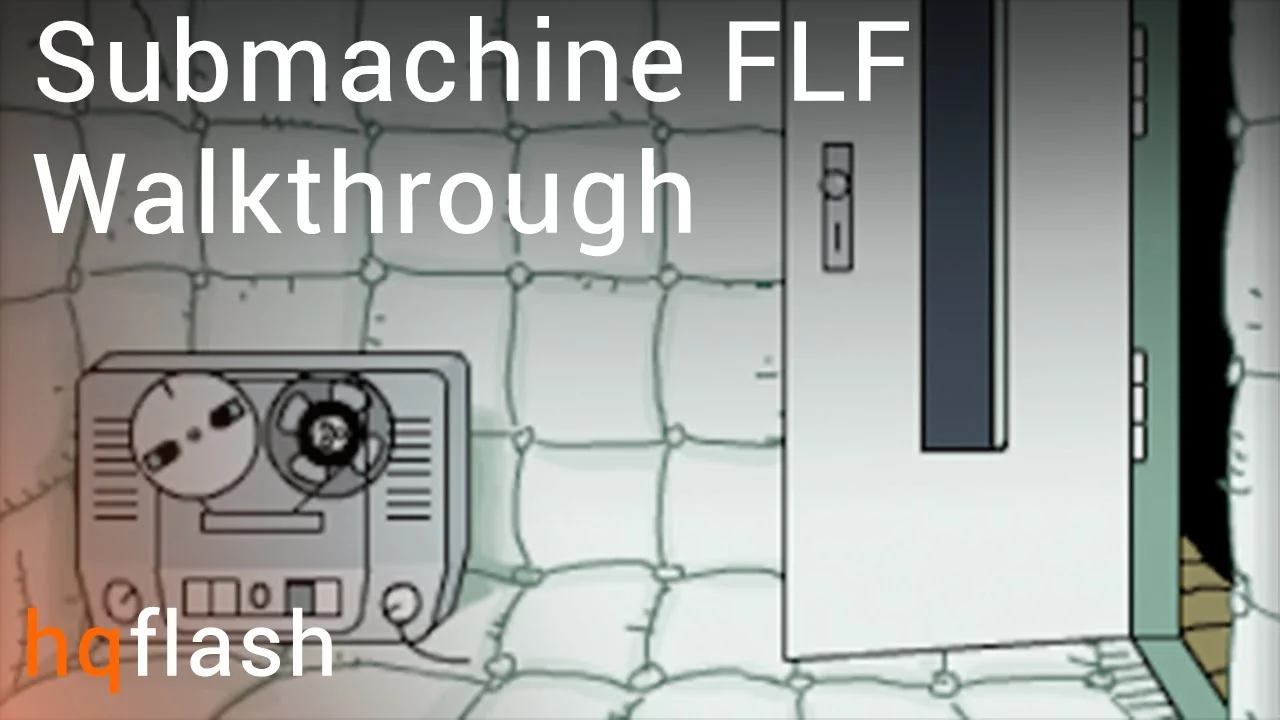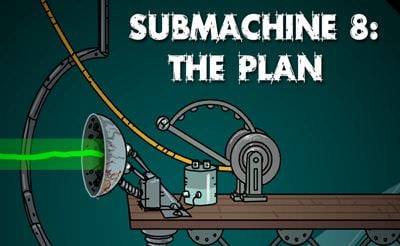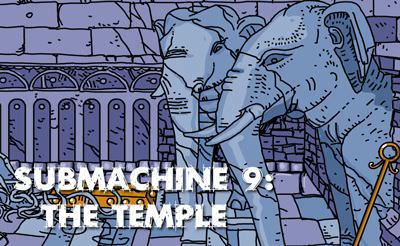How to Play Submachine: 32 Chambers
Submachine: 32 Chambers presents a unique puzzle-focused challenge within Mateusz Skutnik's atmospheric universe. This special edition strips away narrative elements to deliver pure cerebral gameplay across thirty-two enigmatic chambers. Each room contains a self-contained puzzle requiring logic, observation, and creative thinking to solve. Your mission is to conquer all chambers and prove your mastery of Submachine's mysterious mechanics.
Basic Controls and Interface
Playing Submachine: 32 Chambers requires only your mouse and puzzle-solving skills. Click anywhere on the screen to interact with objects and manipulate puzzle elements. The cursor changes to indicate interactive areas—a hand icon signals clickable items while different symbols might appear for specific puzzle interactions. Navigate between chambers using directional arrows or chamber selection screens.
The interface is intentionally minimalist, focusing your attention entirely on puzzle-solving. Unlike story-driven Submachine entries, chambers feature no inventory system or item collection. Each puzzle exists as standalone challenge using only elements visible within that specific room. This streamlined approach emphasizes logical thinking over exploration and item management.
Understanding the Chamber Structure
The thirty-two chambers exist as independent puzzle rooms rather than interconnected locations. You can tackle chambers in any order, though difficulty generally increases as you progress through the numerical sequence. Each chamber presents unique puzzle mechanics—some require pattern recognition, others test spatial reasoning, and many combine multiple logic types into comprehensive challenges.
Chambers vary in complexity and solution requirements. Early rooms introduce fundamental puzzle concepts through straightforward challenges. Later chambers build on these foundations, combining multiple mechanics into intricate puzzles demanding advanced problem-solving strategies. The self-contained nature means you can take breaks between chambers without losing narrative context or gameplay momentum.
Puzzle-Solving Approach
Success in Submachine: 32 Chambers depends on systematic observation and logical analysis. Start by thoroughly examining every element in each chamber. Note all symbols, numbers, colors, and interactive objects. Most puzzles incorporate visual clues embedded in chamber design—patterns on walls, arrangements of objects, or relationships between different elements all provide crucial information.
Many chambers feature multi-step puzzles requiring sequential solution processes. Identify which elements you can interact with immediately versus those that unlock after completing prerequisite steps. Look for cause-and-effect relationships—manipulating one object might reveal clues or enable interactions elsewhere in the chamber. The game rewards methodical experimentation within logical frameworks rather than random trial-and-error approaches.
Chamber Types and Mechanics
Pattern Recognition Challenges
Several chambers present pattern-based puzzles requiring you to identify sequences or relationships between visual elements. These might involve matching symbols, completing numerical progressions, or recognizing geometric arrangements. Train your eye to spot subtle patterns in colors, shapes, or positioning that indicate solution paths.
Spatial Reasoning Puzzles
Other chambers test your ability to visualize spatial relationships and manipulate objects within three-dimensional or abstract spaces. These puzzles might require rotating mechanisms, aligning elements from different perspectives, or understanding how changes in one area affect other chamber components.
Logic and Deduction
Pure logic puzzles appear throughout the thirty-two chambers, presenting challenges that require step-by-step deduction to solve. These often involve determining correct sequences, solving symbolic equations, or applying logical rules to achieve specific outcomes. Approach these systematically, testing hypotheses and eliminating impossible solutions.
Progression and Difficulty
Submachine: 32 Chambers allows non-linear progression through its challenges. If you encounter a particularly difficult chamber, you can skip to another and return later with fresh perspective. Some players prefer tackling chambers sequentially to experience the intended difficulty curve, while others enjoy approaching puzzles in random order based on personal preference.
Track which chambers you've completed to ensure you eventually conquer all thirty-two challenges. The game typically provides visual indicators showing solved versus unsolved chambers. Consider maintaining personal notes about particularly complex puzzles—documenting your solution process helps if you return to similar challenges later and reinforces problem-solving strategies applicable across multiple chambers.
The absence of time limits or failure states encourages thoughtful problem-solving without pressure. Take as long as needed to understand each puzzle's logic and mechanics. The satisfaction comes from achieving solutions through genuine understanding rather than rushed guesswork or external hints.

